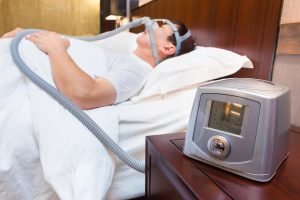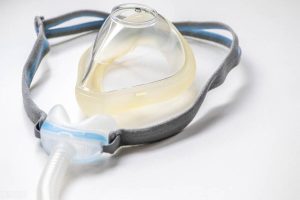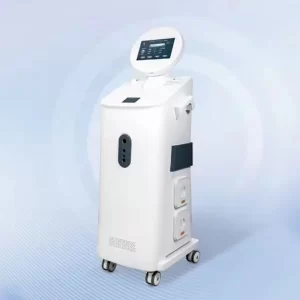Home-use non-invasive ventilators are increasingly popular for treating patients with acute or chronic respiratory failure due to their user-friendly operation and high patient acceptance. Regular cleaning and disinfection of the ventilator and its components is important for the user's own health.

Home non-invasive ventilator
Common Cleaning and Disinfection Steps for Non-Invasive Ventilators:
-
- Ventilator Cleaning: The motor components of a non-invasive ventilator may accumulate dust or debris over prolonged use. It is advisable to clean and maintain the motor section every six months to a year to eliminate internal contaminants and extend the ventilator's lifespan. Additionally, wiping the external body with a damp cloth soaked in neutral detergent on a weekly basis helps maintain cleanliness.
- Ventilator Tube Cleaning: The tubing serves as the pathway for airflow to reach the mask, and regular cleaning ensures the purity of the airflow delivered to the patient's respiratory tract. Perform a weekly cleaning by soaking the tubes in water, adding neutral detergent, cleaning the outer surface, using a long brush to clean the interior, and finally rinsing thoroughly with flowing water before air-drying.
- Mask Cleaning: Wipe the mask with water daily and periodically disassemble the mask for a thorough cleaning using neutral detergent to ensure complete hygiene.
-

ventilator mask
- Filter Replacement: The filter acts as a barrier for air entering the ventilator and has a limited lifespan. It is recommended to replace the filter every 3-6 months to prevent a decrease in filtration effectiveness and reduce the risk of microbial and dust entry into the ventilator over extended use.
- Humidifier Maintenance: Use pure or distilled water for the humidifier, change the water source daily, and rinse with clean water every two days to ensure the hygiene of the humidifier.
- Ventilator Tube, Mask, and Humidifier Disinfection: Follow the manufacturer's instructions for a suitable disinfection method on a weekly basis to guarantee the cleanliness and safety of the equipment.
Additional Tip: For home non-invasive ventilators, users can opt for a respiratory circuit disinfection machine that connects directly to the tubing for easy disinfection.

Anesthesia respiratory circuit disinfection machine
Closing Note: Considering the limited personal conditions, users may choose to take their home ventilator to a qualified medical institution or use dedicated devices such as respiratory circuit disinfection machines for disinfection. Failure to disinfect personal ventilators, especially for users with infectious diseases, can lead to cross-infections and variations in pathogens. Prioritize the hygiene of home ventilators to enhance their effectiveness in improving health conditions.
Key Summary for Home Non-Invasive Ventilator Users:
-
- Regularly clean and disinfect the ventilator and its accessories to ensure equipment hygiene and safety.
- Replace filters every 3-6 months to maintain optimal filtration.
- Follow prescribed cleaning procedures to address every detail appropriately.
- Periodically inspect the motor components to ensure the ventilator's normal operation.
- Regularly clean critical accessories like masks and tubes to avoid the risk of cross-infection.